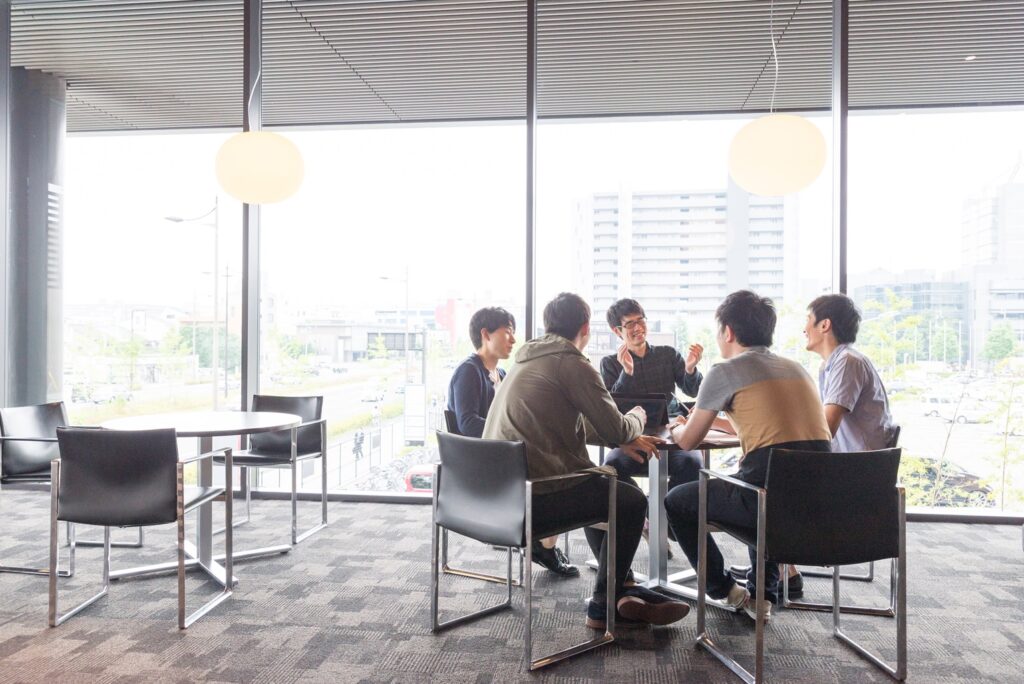Key takeaways you will find in this article
- •Hosting engaging campus events and making them easy to find can help attract new students and keep current ones happy.
- •A well-maintained, visually appealing campus creates a positive environment, which not only attracts prospective students but also increases satisfaction among those already enrolled.
- •Embracing sustainability and using advanced facilities management technology can lower operational costs, improve efficiency, and provide a strong return on investment.
Table of contents
Across higher education, institutions are feeling the pressure to increase and retain their student populations.
Since 2010, total undergraduate enrollment in the United States has trended downward, falling 15% as of 2021, with 42% of this decline occurring during the pandemic.
Currently, there are 5% fewer college freshman enrolled in school than the year prior. The concerning trend can lead to less revenue for colleges and universities, limiting resources such as faculty hiring or research funding.
Despite the drop, 2025 is expected to be the peak of eligible student enrollment for the following decades. According to Industry Dive, 2025 will see 3.8 million students graduate high school. The total is then projected to drop by about 10.3% to 3.4 million by 2041.
To combat the precipitous drop, leading institutions are leaning into campus and experience improvements to increase student counts.
Let’s explore some of the trends higher education institutions are leveraging in 2025.
Increasing engagement with events
Having an engaged student population is dually important. It helps attract new students looking to join a vibrant university ecosystem. Prospective students often look for institutions with vibrant campus life and ample opportunities to participate in meaningful activities. Current students, when actively involved, are more likely to feel a sense of belonging, leading to improved academic performance and higher retention rates.
Campus life efforts, like regular events, workshops, and forums, foster belonging among students. To increase participation among current students and awareness among prospective students, colleges need a publicly accessible calendar.
Many comprehensive facilities management solutions offer a centralized calendar for students and staff to access, allowing easy promotion. This enables students to access information about events from anywhere. Additionally, these platforms give students and faculty the ability to reserve spaces across campus.
Campus beautification to increase perception
A well-maintained and visually appealing campus significantly influences prospective students’ perceptions. Likewise, it increases currently enrolled students’ satisfaction with their school.
A campus that is well-maintained and visually appealing demonstrates an institution’s commitment to excellence. Beautiful landscaping, modern buildings, and clean, welcoming spaces can inspire a sense of pride and belonging. These efforts make it easier for prospective students to imagine themselves thriving in such an environment and contribute to current students’ satisfaction with their college experience.
Modern campuses are sprawling and have many areas that need maintenance. A leading higher education-focused facilities management software allows teams to more easily maintain campus buildings and grounds.
Leaning into capital improvement projects
With the potential for increased funding opportunities and the pressing need for campus upgrades, leading universities are leaning into capital improvements. These upgrades help institutions modernize their campuses and bring the latest in student experience improvements to their college.
Advanced asset management solutions empower colleges and universities to efficiently schedule maintenance, plan infrastructure enhancements, and streamline operations. Without reliable tools, institutions risk delays and inefficiencies that can stall critical improvement projects. In contrast, adopting modern solutions ensures projects are completed on schedule, operational hurdles are minimized, and the campus environment meets the high expectations of both students and faculty.
Leveraging sustainable practices
Sustainability initiatives resonate strongly with environmentally conscious students and their families. Incorporating practices such as renewable energy projects, waste reduction programs, and green building certifications demonstrates a commitment to environmental stewardship.
Sustainable initiatives can help lower your building’s carbon emissions from the start of construction through its entire life cycle. Research from the World Economic Forum shows buildings consume 40% of global energy and contribute 33% of greenhouse gas emissions.
Implementing sustainability initiatives, like BAS integrations, significantly lower energy consumption. In addition to contributing to sustainable practices, these efforts lower costs. Green buildings typically decrease operational costs by 10% in the first year. Generally, renewable energy resources used for green buildings are more affordable than fossil fuels, which allows your team to pay back upfront costs quickly. In addition, green buildings are valued higher than traditional ones, making for an excellent return on investment.
Utilizing higher education facilities management software
Increasing enrollment and retention in higher education requires a holistic approach that balances personalized engagement, purpose-built FM software, and robust support systems. By adopting these strategies, your institution can thrive in 2025 and beyond, creating a lasting impact on students and their futures.
Written by
Zach Jones
Content Manager at FMX
